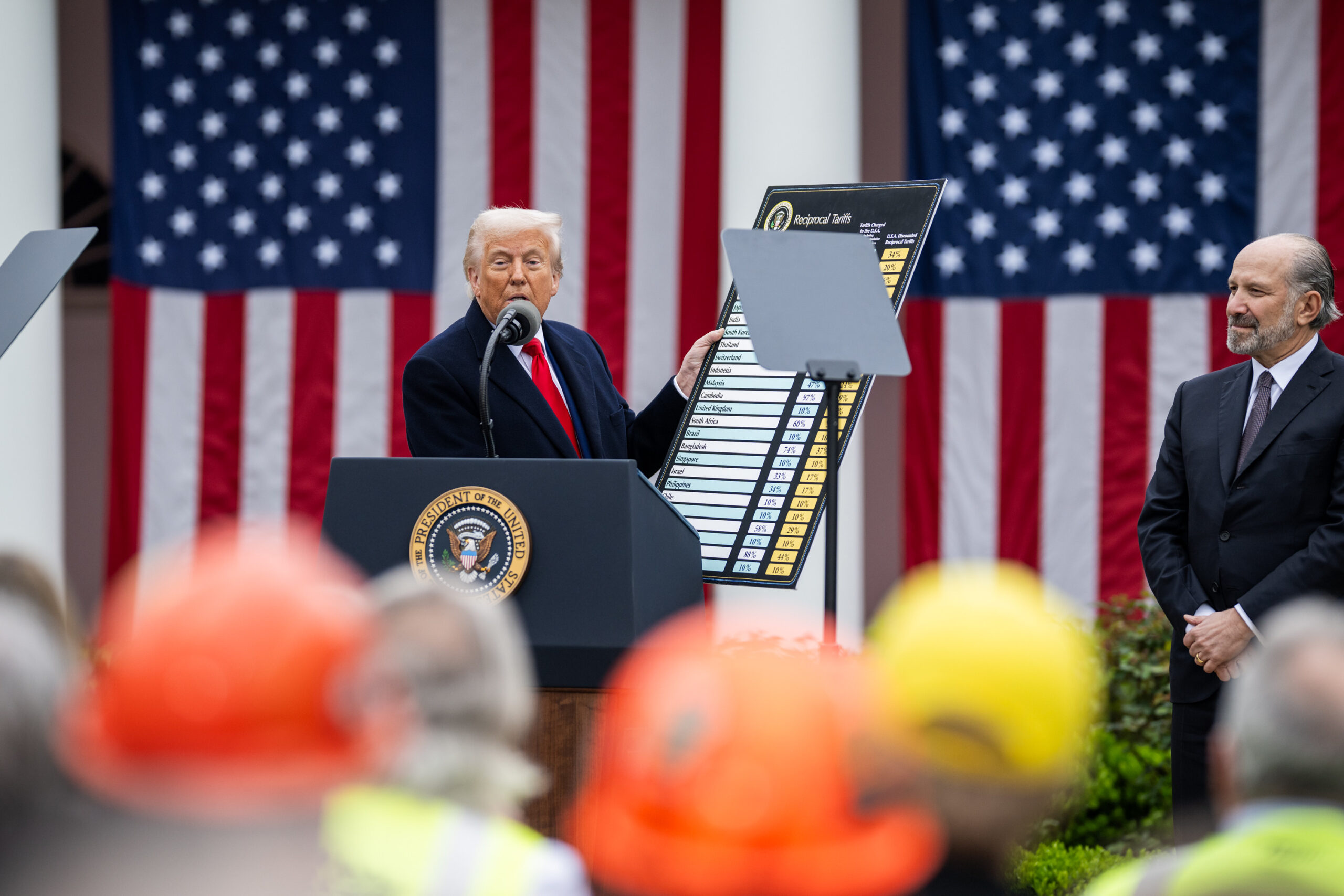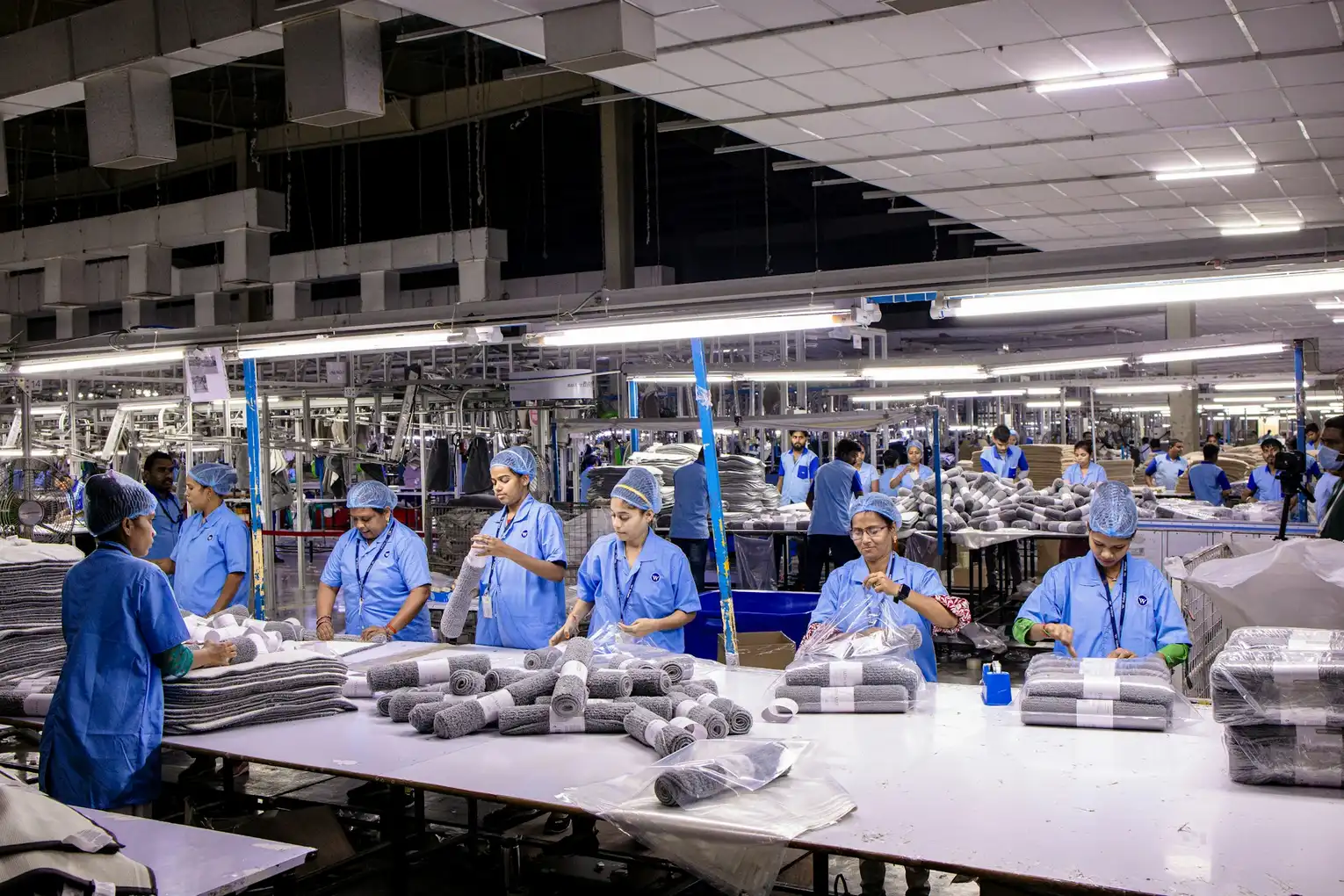In an interview on Fox News, President Donald Trump told Laura Ingrams yesterday that in response to the soaring prices of coffee, his administration planned to lower tariffs on coffee or on nations that export coffee to the US.
“Coffee: We’re going to lower some tariffs, we’re going to have some coffee come in,” he said after suggesting that the only food price that was substantially going up was beef.
CNN was quick on the draw: Trump fact-checks himself on whether Americans pay for his tariffs, was the front page headline in the aftermath of the comment.
Indeed, despite numerous attempts by Trump Administration officials to try and explain how foreigners would pay for the import tariffs on goods sent to America, few voices apart from his most ardent supporters have echoed the notions. Tariffs are not new: they are an age-old protectionist measure that raise revenue for the state while making foreign goods more expensive.
If coffee prices are high and rising, and Trump’s response would be to lower tariffs, the inference is that a higher tariff would make coffee expensive, otherwise why would lowering it help? Ipso facto if lower tariffs mean lower prices, than higher tariffs—such as those Trump has spread across the whole spectrum of American trading partners, poor and rich, near and far, mean higher prices.
According to Monster’s 2025 Cost-of-Living Report, 76% of 1,200 employees said that recent economic policies under the Trump have directly affected their financial planning. Whether all 76% of those respondents mentioned tariffs specifically, Monster’s report didn’t say, but it’s straightforward to say that tariffs have been the administration’s flagship economic policy this year. Additionally, 94% identified groceries as the fastest-rising expense in the past year.
“Workers are doing more with less, and they’re feeling the strain,” said Vicki Salemi, Monster’s Career Expert. “Many are taking on debt, dipping into savings, or delaying major life goals just to manage day-to-day expenses.
In covering the tariffs, their applications, and their legal uncertainty, WaL has documented multiple cited reasons for their benefit. Trade Advisor Peter Navarro has said that they will provide $6 trillion in revenue to help pay down the debt. Trump himself has said that nations or importers will simply eat the increased tariff cost and not pass it on to American consumers, while also that they act as leverage to extract more favorable trade deals from countries who maintain high tariffs on American imports and help bring back jobs lost to overseas labor markets, particularly in manufacturing.
Trump supporters from outside the administration have suggested that tariffs could result in higher prices for the consumer, but would be offset by increases in domestic production.
Trump has touted how the tariff-leveraged trade deals with countries like South Korea, Japan, and the EU bloc have helped secure generous investment packages offered up by these foreigners—like former Japanese Prime Minister Ishiba’s administration offering some verbal guarantee of $550 billion in foreign direct investment.
But in light of the coffee comment, it sounds a bit like Mr. Trump doth protest too much.
Trump on high costs: The only thing is beef
Ingraham: Coffee
Trump: Coffee, we’re going to lower some tariffs pic.twitter.com/rlA4Ix5vnJ
— Acyn (@Acyn) November 12, 2025
Supreme court decision
In August, a federal appeals court ruled 7-4 that President Trump’s use of tariffs is illegal, and supplants the traditional role of Congress in applying or removing customs duties. The Court of Appeals for the Federal Circuit in Washington, DC allowed the “reciprocal” tariffs to remain in force until October 14th to give the Administration time to file an appeal with the Supreme Court, which it did.
Trump invoked a 1977 law called the International Emergency Economic Powers Act (IEEPA), a subdivision of the National Emergencies Act of 1976, to apply the across-the-board tariffs, which he claimed allowed him to supplant Congress’ authority since the nation’s trade deficits were a “national emergency”.
“The statute bestows significant authority on the President to undertake a number of actions in response to a declared national emergency, but none of these actions explicitly include the power to impose tariffs, duties, or the like, or the power to tax,” said the 11-judge panel in its decision. “It seems unlikely that Congress intended, in enacting IEEPA, to depart from its past practice and grant the President unlimited authority to impose tariffs”.
On November 5th, the Supreme Court heard oral arguments and issued questions to Trump officials regarding the novel use of the IEEPA in an environment the AP described as “chilly”.
Ironically, two Trump appointees, Amy Coney-Barrett and Neil Gorsuch, appeared by their questioning most likely to rule against the President, along with Chief Justice John Roberts and obviously all three of the Democratic-appointed justices.
The IEEPA has “never before been used to justify tariffs. No one has argued that it does until this particular case,” Roberts told Solicitor General D. John Sauer. Sauer made an argument that they’re regulatory tariffs, which would fall under the executive power of “regulating foreign commerce,” and expressly not for the purpose of “raising revenue,” which is a shocking thing to argue considering multiple statements made by the President and Navarro about the trillions that stand to be raised in tariff revenue.
Three other Conservative justices led questioning down an avenue that seemed to be potentially more favorable.
The Hill, reporting on the hearing, said that if ruled unconstitutional, the government, which just only yesterday emerged from the longest funding dispute in American history, would potentially owe billions of dollars in remunerations to companies that have had to pay tariffs. Businesses have already piled on new lawsuits in the Court of International Trade in New York City, to ensure they’re in place for when determinations on refunds are made, the outlet reported. WaL
We Humbly Ask For Your Support—Follow the link here to see all the ways, monetary and non-monetary.
PICTURED ABOVE: Trump at the signing ceremony in the Rose Garden next to a chart showing each country’s tariff rates. PC: The White House via Flickr


